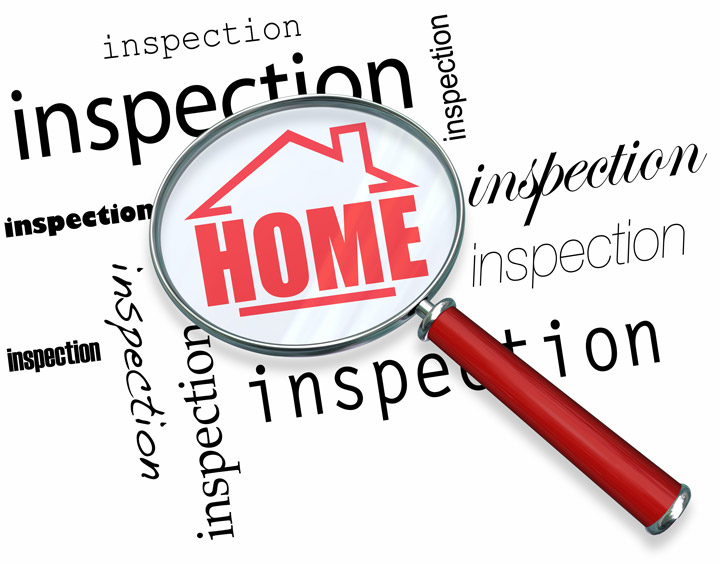
Real Property Appraisals: A PrimerTheir home's purchase can be the largest financial decision some could ever encounter. It doesn't matter if where you raise your family, an additional vacation property or one of many rentals, the purchase of real property is an involved financial transaction that requires multiple people working in concert to see it through. You're probably familiar with the parties taking part in the transaction. The real estate agent is the most known entity in the transaction. Next, the bank provides the money required to fund the deal. And ensuring all details of the exchange are completed and that a clear title transfers to the buyer from the seller is the title company. So, what party makes sure the property is worth the purchase price? In comes the appraiser. We provide an unbiased opinion of what a buyer might expect to pay — or a seller receive — for a property, where both buyer and seller are informed parties. A licensed, certified, professional appraiser from The Property Sciences Group, Inc will ensure, you as an interested party, are informed. Appraisals start with the property inspectionTo ascertain the true status of the property, it's our responsibility to first complete a thorough inspection. We must physically view aspects of the property, such as the number of bedrooms and bathrooms, the location, and so on, to ensure they truly are there and are in the shape a typical person would expect them to be. To make sure the stated square footage has not been misrepresented and describe the layout of the house, the inspection often requires creating a sketch of the floorplan. Most importantly, the appraiser identifies any obvious features - or defects - that would have an impact on the value of the property. After the inspection, an appraiser uses two or three approaches to determining the value of the property: a paired sales analysis, a replacement cost calculation, and an income approach when rental properties are prevalent. 
Cost ApproachThis is where the appraiser pulls information on local building costs, the cost of labor and other elements to derive how much it would cost to replace the property being appraised. This value usually sets the maximum on what a property would sell for. It's also the least used method. 
Sales ComparisonAppraisers can tell you a lot about the neighborhoods in which they work. They thoroughly understand the value of certain features to the homeowners of that area. Then, the appraiser researches recent sales in close proximity to the subject and finds properties which are 'comparable' to the subject at hand. By assigning a dollar value to certain items such as square footage, extra bathrooms, hardwood floors, fireplaces or view lots (just to name a few), we add or subtract from each comparable's sales price so that they are more accurately in line with the features of subject property.
An opinion of what the subject might sell for can only be determined once all differences between the comps and the subject have been evaluated. At The Property Sciences Group, Inc, we are an authority when it comes to knowing the worth of real estate features in Moorpark and Ventura County neighborhoods. This approach to value is usually awarded the most consideration when an appraisal is for a real estate sale. Valuation Using the Income ApproachA third way of valuing real estate is sometimes employed when an area has a measurable number of renter occupied properties. In this situation, the amount of revenue the real estate produces is taken into consideration along with other rents in the area for comparable properties to derive the current value. Coming Up With The Final ValueCombining information from all applicable approaches, the appraiser is then ready to put down an estimated market value for the property at hand. It is important to note that while this amount is probably the best indication of what a property is worth, it probably will not be the final sales price. There are always mitigating factors such as the seller's desire to get out of the property, urgency or 'bidding wars' that may adjust an offer or listing price up or down. But the appraised value is often employed as a guideline for lenders who don't want to loan a buyer more money than they could recover in case they had to sell the property again. It all comes down to this, an appraiser from The Property Sciences Group, Inc will help you discover the most accurate property value, so you can make profitable real estate decisions. |